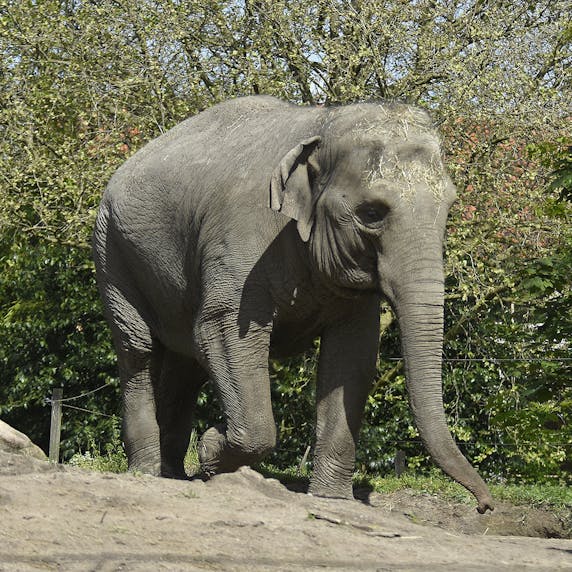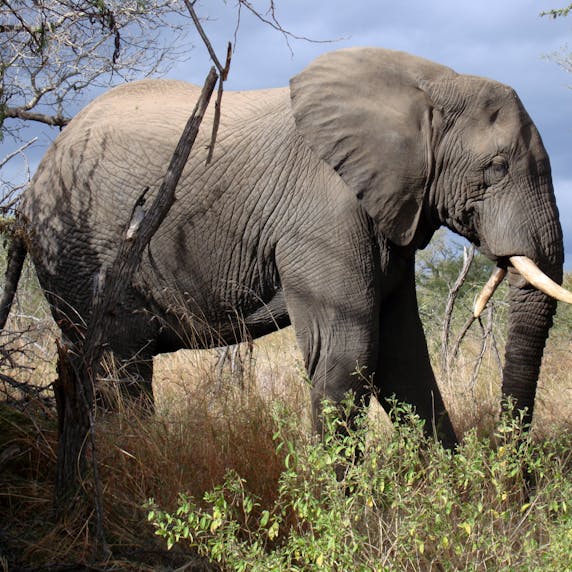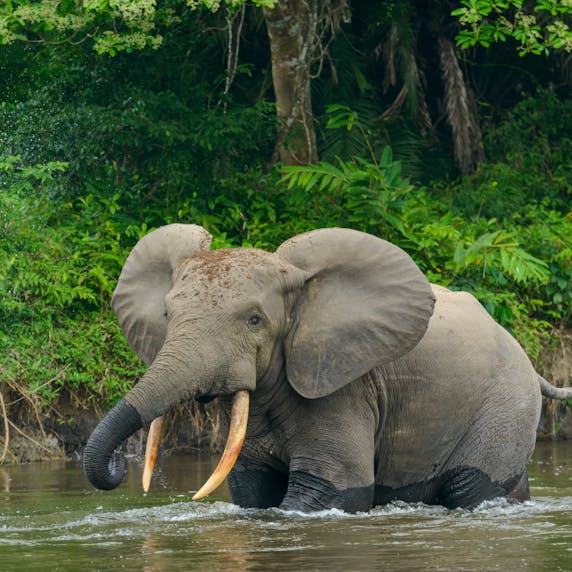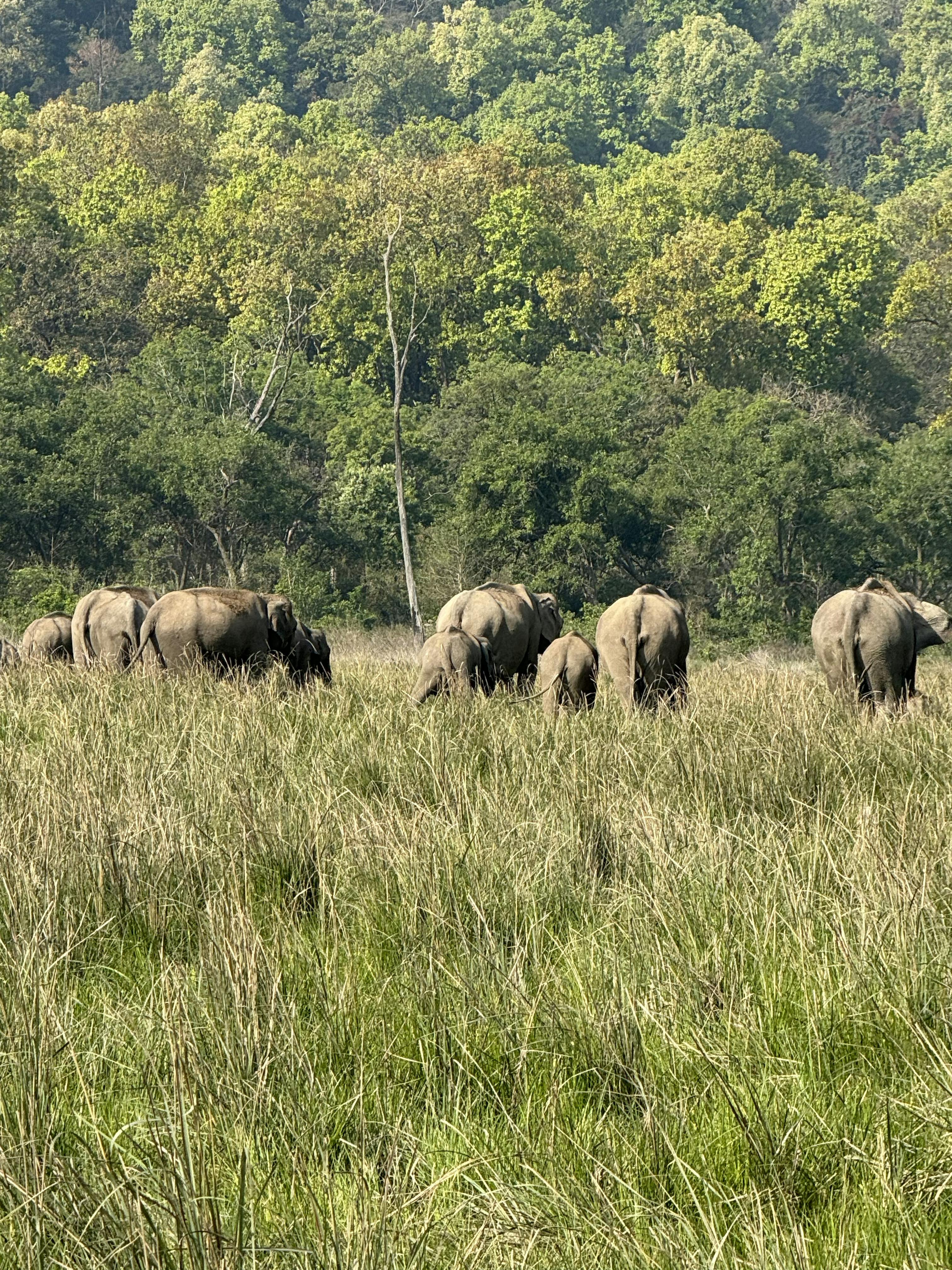
The Asian elephant is Asia's largest land animal, and with its thick grey skin and long trunk, it's one of the world's most well known creatures. Did you know an elephant's trunk contains about 100,000 muscles? Yet, this powerhouse needs our help to survive. Their natural habitat is severely impacted and fragmented due to increasing deforestation and urbanization. That's why Rotterdam Zoo, as the coordinator of the European population management program, is dedicated to protecting the elephant.
Elephas maximus

60 - 70 years
♀ 2.5 meters
♂ 3 meters
5.5 - 6.5 meters
♀ 3,000 - 4,000 kilograms
♂ up to 6,000 kilograms
The most striking feature of the elephant is, of course, its trunk: a long nose that it can use to grasp objects, suck up water to spray into its mouth or shower itself, and trumpet. In addition, male Asian elephants have tusks. Females usually have no tusks or only small ones.
Asian elephants differ from the two species of African elephants in their smaller ears, rounded back and their trunk, which has one “finger” at the end. African elephants have two. In addition, female African elephants usually do have tusks.
As the name suggests, the Asian elephant originates from Asia. There, they live in tropical rainforests, shrublands and grasslands. Elephants are also good swimmers and enjoy spending time in the water. They even use their trunks as snorkels!
In order to find enough food, herds of elephants travel long distances. This is important because it gives the plants a chance to grow back before the elephants return. Elephants also need to traverse different areas in order to find a mate.

Asian elephants are versatile herbivores. Leaves, grass, bamboo, fruit – it's all on the menu. They eat an average of 16 hours a day, which amounts to an average of 100-150 kilograms of plants! All that eating ensures that old plants make way for new ones. While they eat, the elephants also fertilise the plants. Undigested seeds in their faeces, which have travelled with the elephant, can also germinate in a new place. Elephants are therefore essential to their environment.
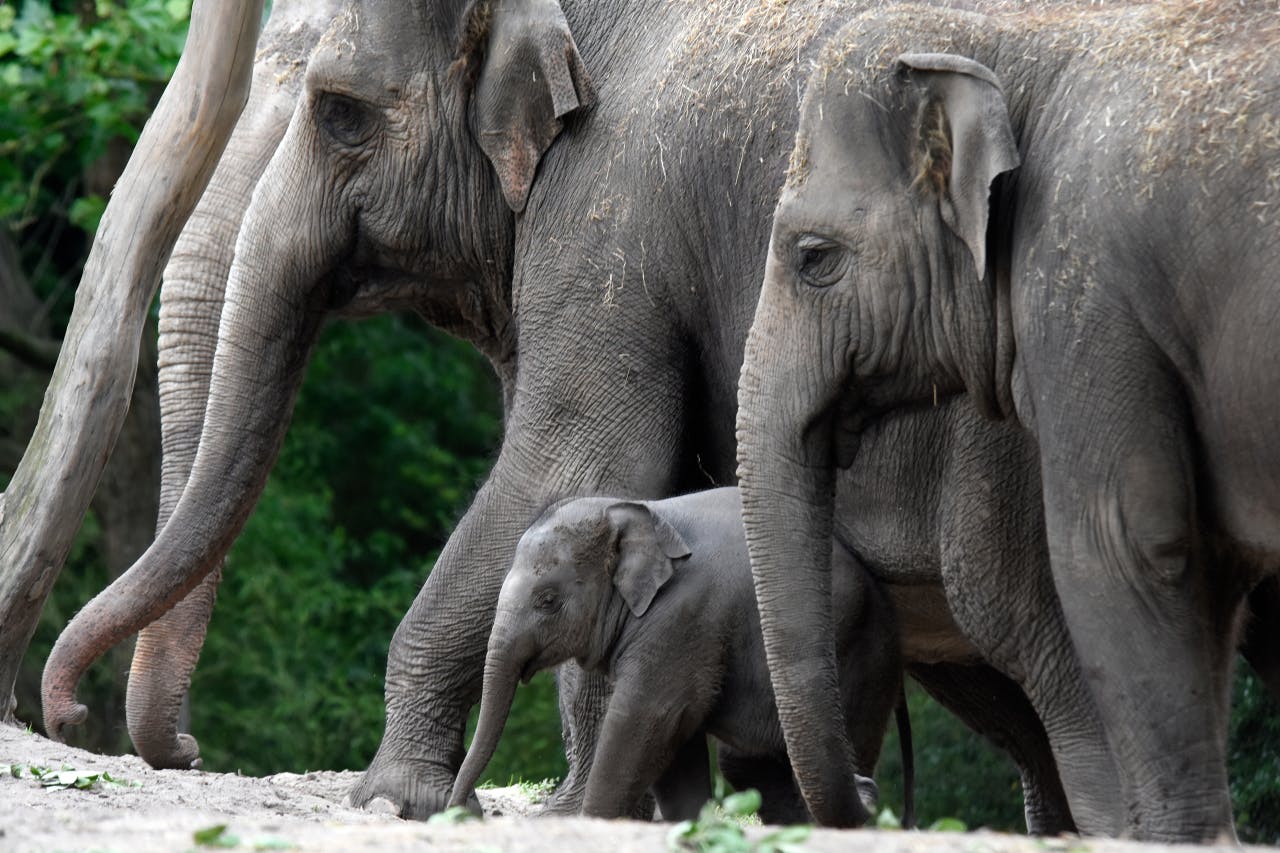
Asian elephants are highly social animals. Females live with their young in family groups led by the “matriarch”, usually the oldest female. Adult males live alone or in small male groups. Males generally only join herds to mate.
Elephants communicate over distances of up to ten kilometres using infrasonic sounds. These are sounds that are so low that we humans cannot hear them! At short distances, they use smells, touching, body language and trumpeting sounds to “talk”. Elephants are very attached to each other: we know that they even mourn when members of their herd die.
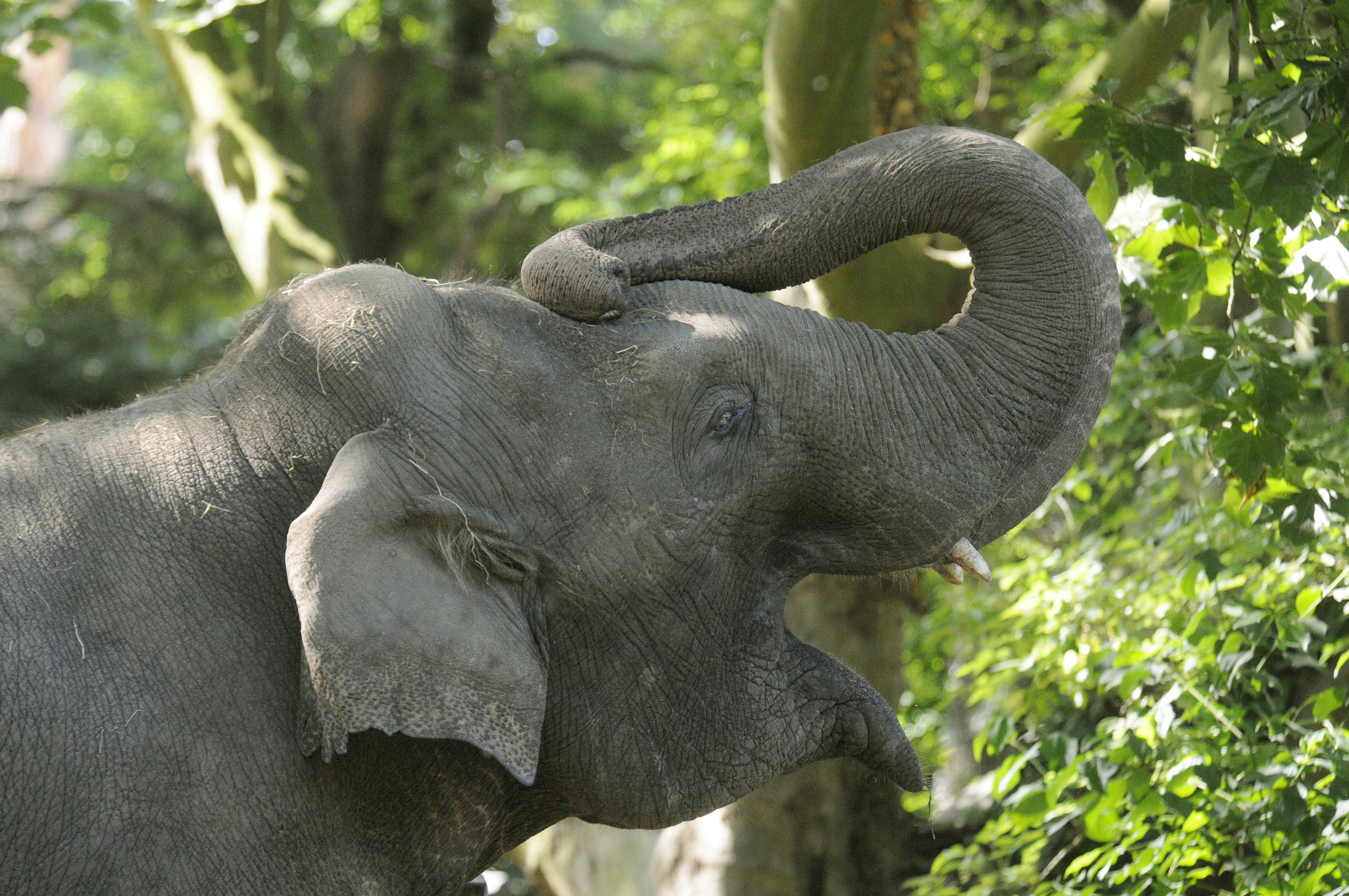
When an Asian female elephant is ready to mate, a male can smell it in the pheromones in her urine. These are chemicals that the female secretes when she ovulates. The male stays close to her for two to three weeks. Then he leaves the herd again.
Female elephants mate on average every four to eight years. Somewhere after the age of fifty, they go through menopause, just like humans. After that, they remain with the herd to protect their fellow group members as best they can.
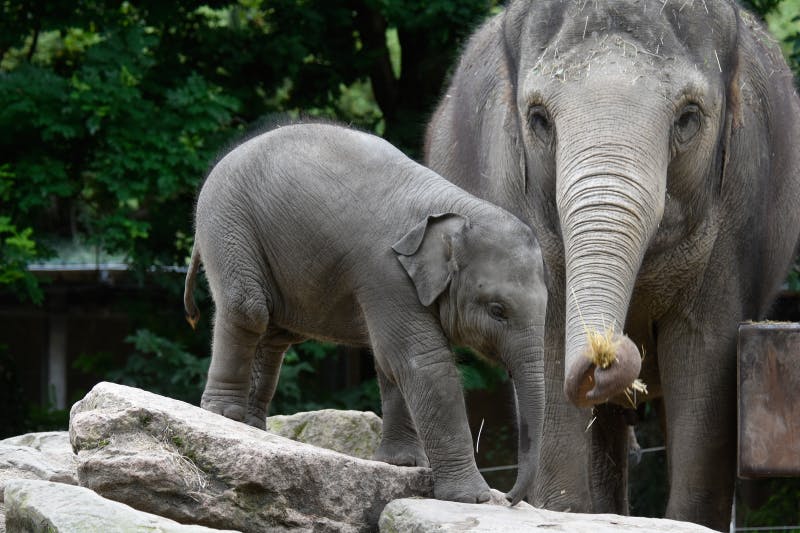
The elephant's gestation period is the longest of any mammal: 22 months! After this, the mother gives birth to the calf among her herd mates, who all help to get the calf to its feet. At birth, the calf weighs around 100 kilograms.
All the older animals in the herd help to raise the calf. After about 12 to 14 years, young males leave the herd to live on their own or join a group of males. However, males continue to grow until they are about 35 years old. Females generally remain with the herd in which they were born for their entire lives.
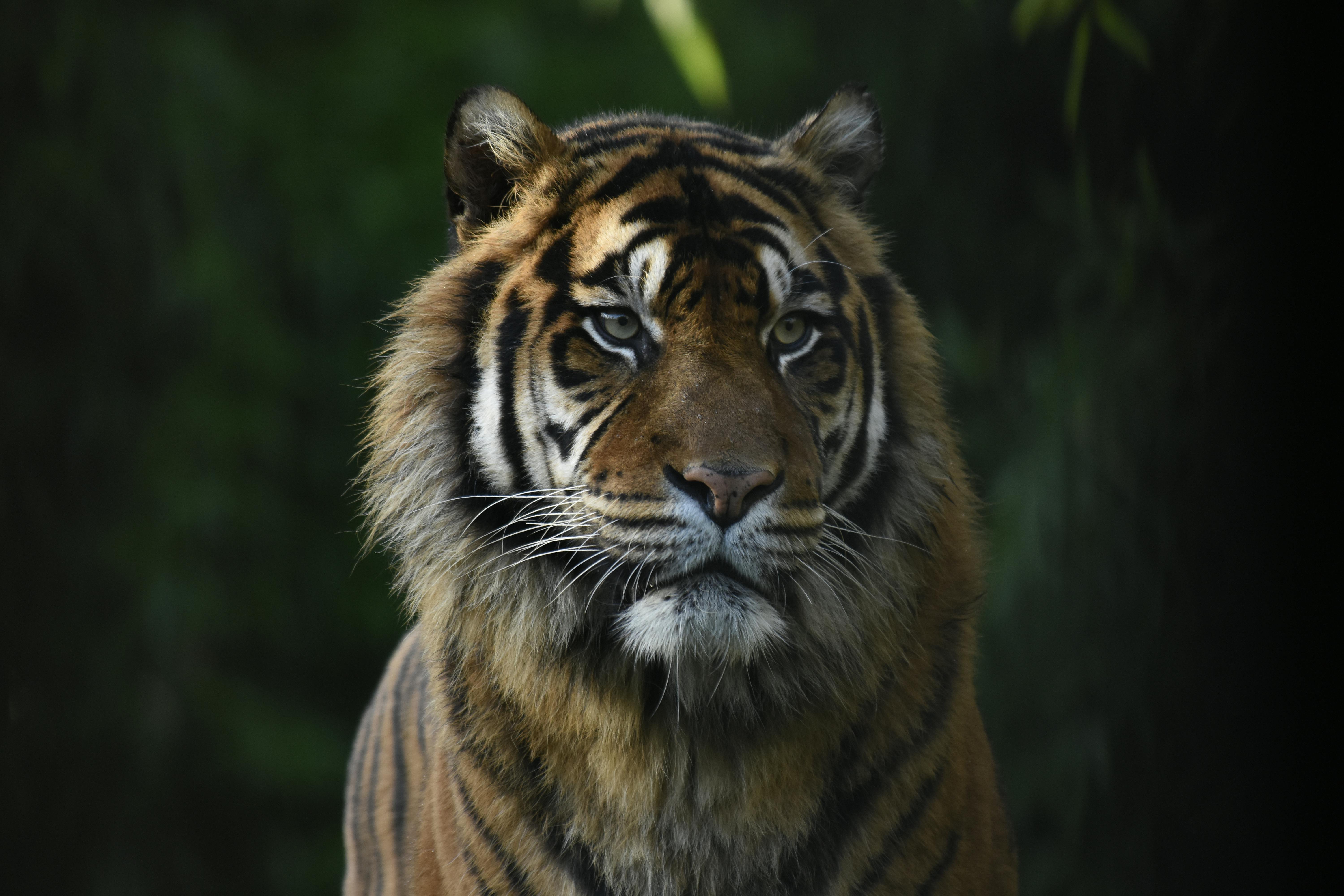
An adult Asian elephant is too large and dangerous for a predator to attack. Young, old or weak elephants are sometimes preyed upon by tigers. That is why the strong adult animals protect their fellow elephants well. The only animals that may pose a genuine threat to adult elephants are other elephants and humans.
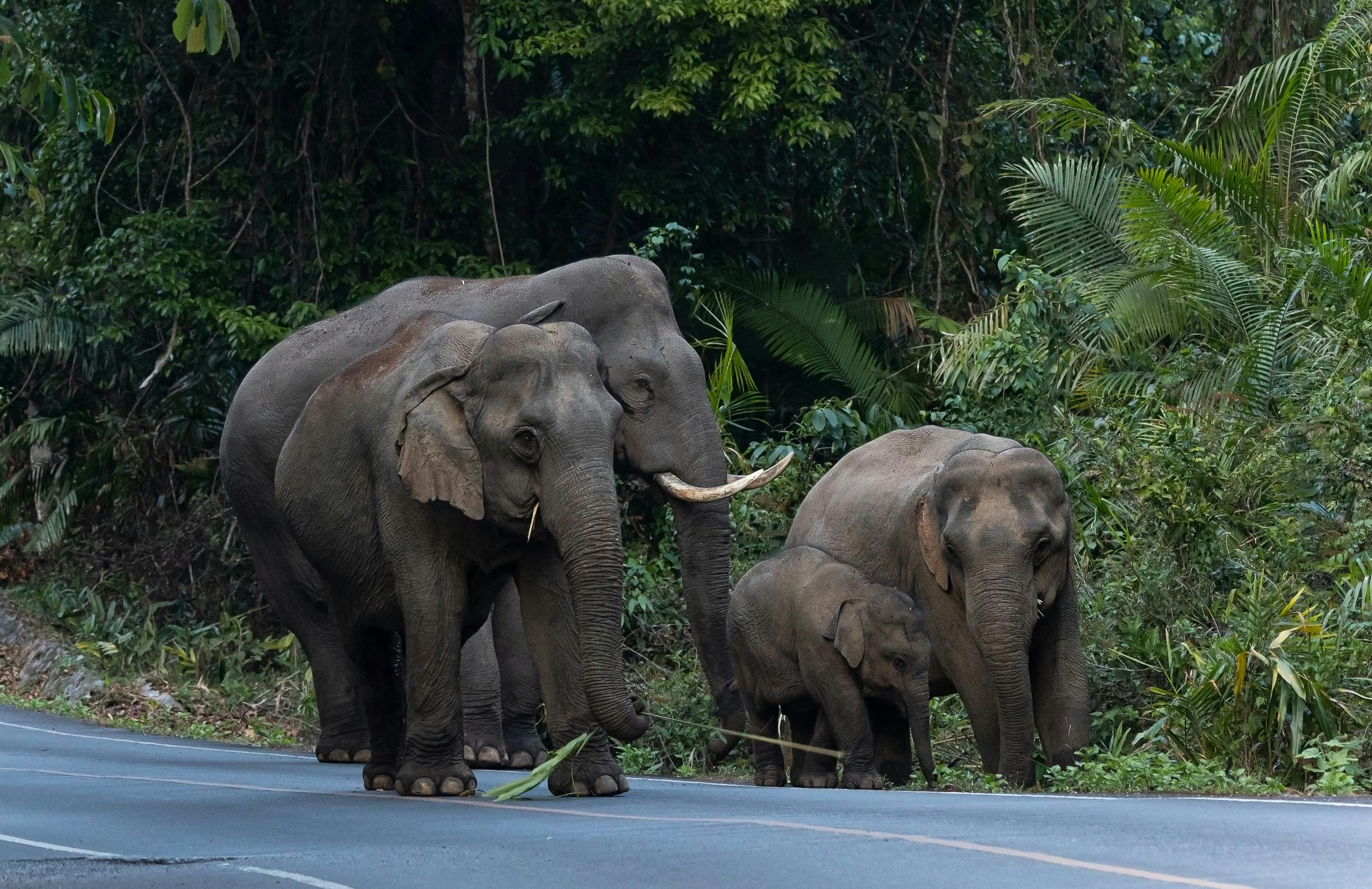
The forests and grasslands where Asian elephants live are shrinking. In addition, more and more barriers are being created between the different areas where they live, including roads, railways, plantations and cities. When they try to cross these barriers, they come into contact with humans, which often leads to problems. For example, elephants eat farmers' crops when they lack natural food. The farmers then try to chase the elephants away, which leads to conflicts between humans and elephants. For all these reasons, the Asian elephant has been classified as “Endangered” in the wild.
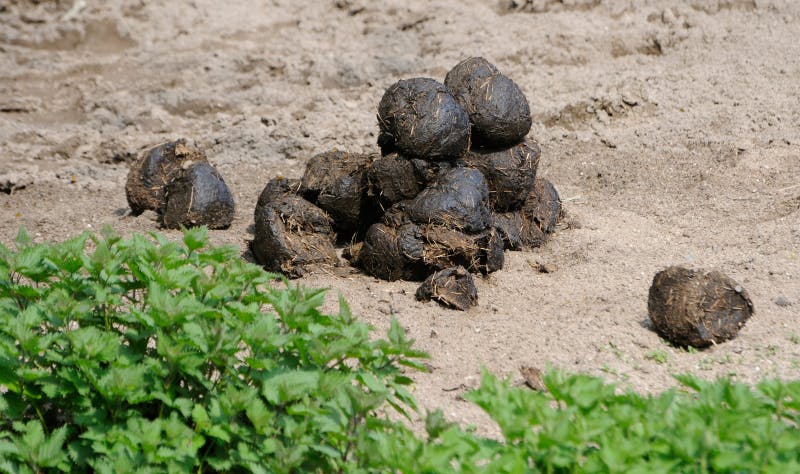
In order to enable humans and elephants to live together in harmony again, it is important that elephant habitats are reconnected. This is done using so-called “corridors” – green connections that cross obstacles such as roads. To measure the effectiveness of these connections, Rotterdam Zoo is conducting research in India. Using DNA samples from dung, researchers analyse which elephants are present in which areas and thus whether animals have crossed over from other areas. This gives us a better understanding of how we can protect the Asian elephant.

In zoos, we are increasingly discovering elephants suffering from EEHV, a herpes virus that only affects elephants. Adult animals have built up immunity to this virus, but for young elephants it is life-threatening. In our veterinary laboratory, we test samples from Asian elephants for EEHV. We do this not only for our own elephants, but also for other elephants in Dutch zoos. In addition, we are collaborating with Utrecht University to develop a vaccine. We hope this will enable us to better protect young elephants so that they can grow up healthily.
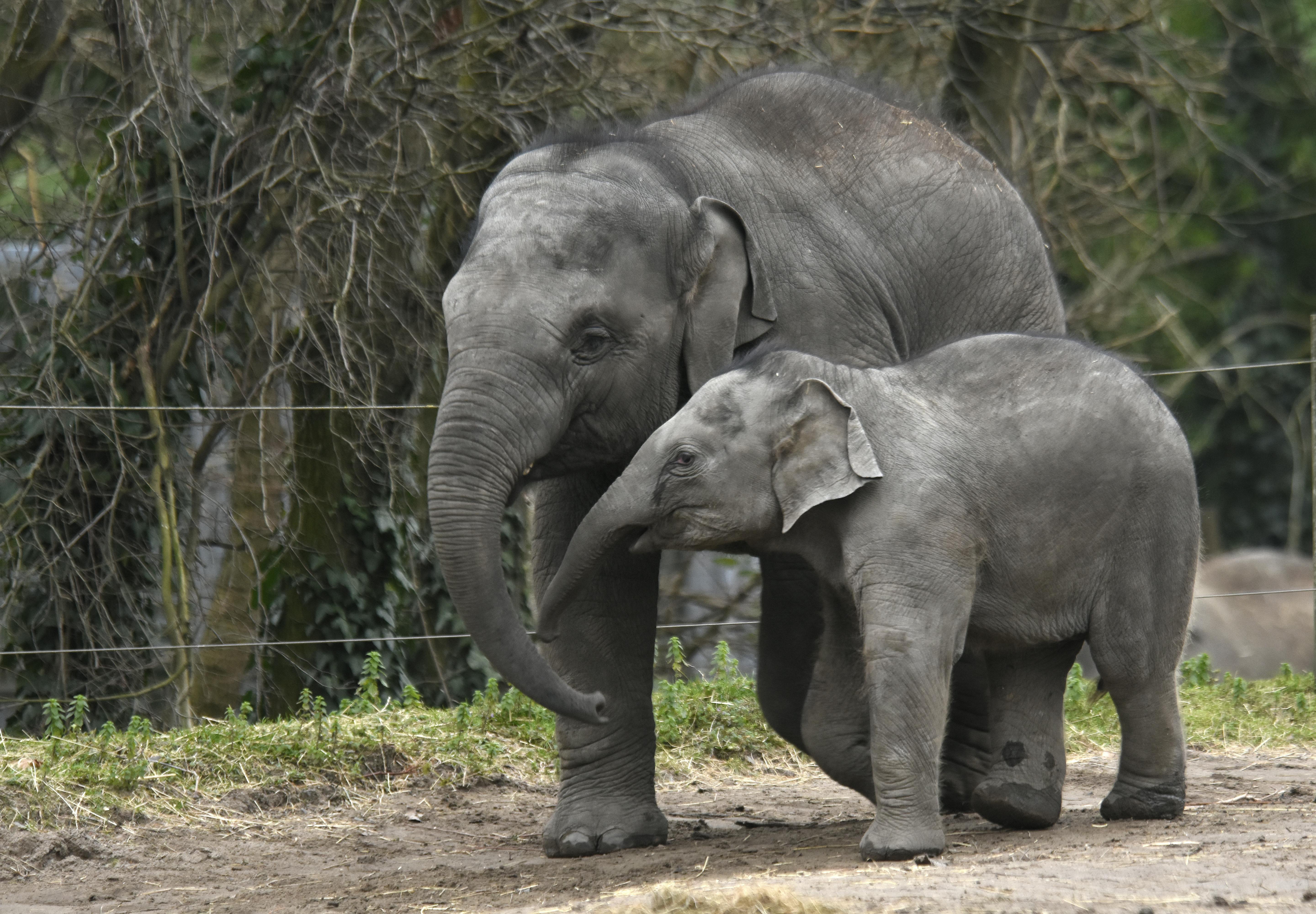
Rotterdam Zoo coordinates the European population management programme for Asian elephants. Based on the pedigree of elephants in zoos, the coordinator determines which animals are best suited to each other for healthy offspring. These young elephants are then transferred to other zoos, where they form the next generation. In this way, we are building up a healthy population as a reserve for wild animals, with the ultimate goal of returning elephants to their natural habitat when conditions there are favourable.
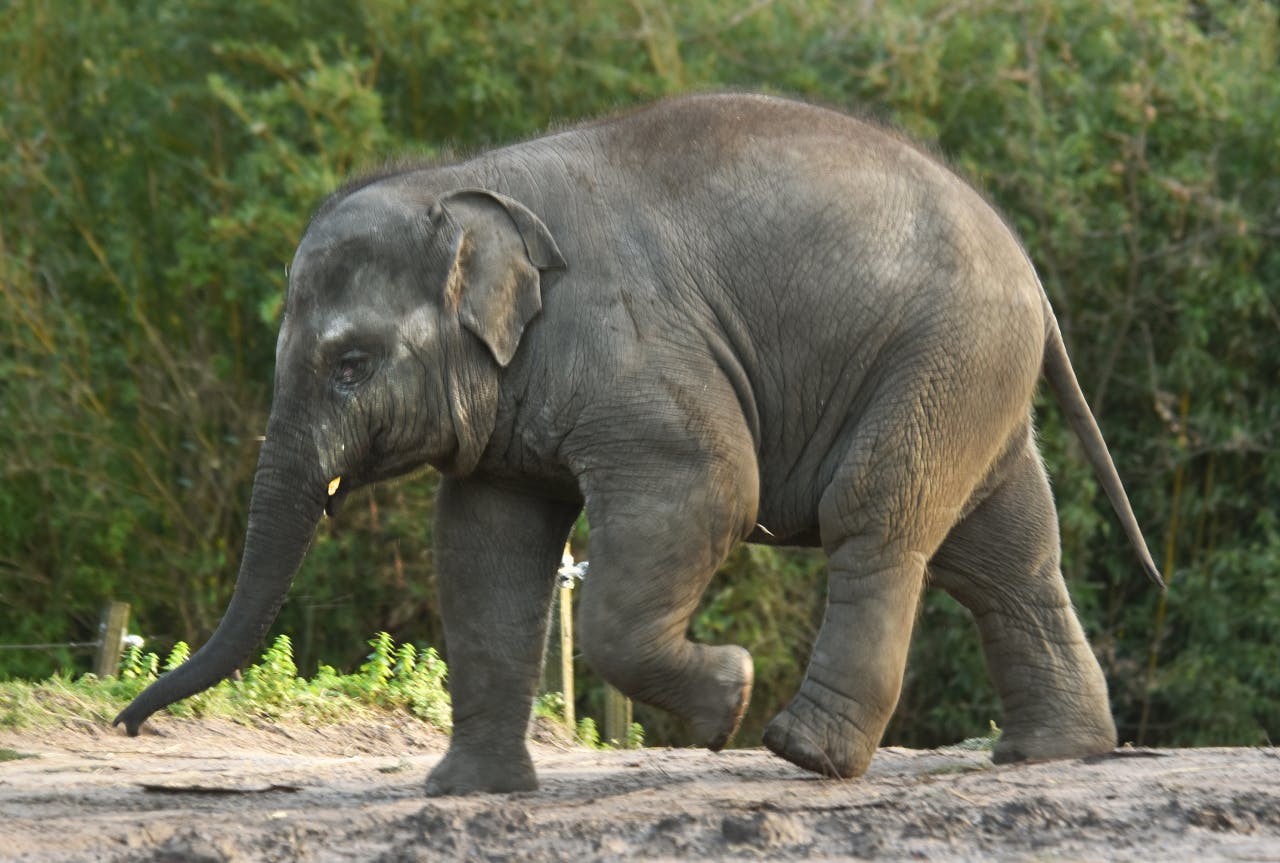
For €2.50 you can contribute to a healthy meal for the Asian elephant.

For €5 you contribute to a better environment for the Asian elephant.

For €10 you contribute to education about the Asian elephant.
